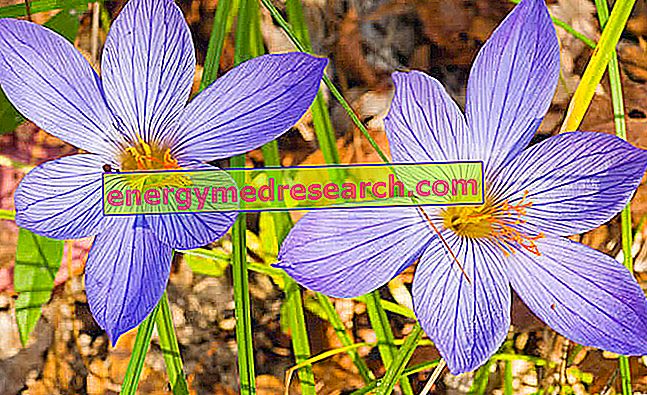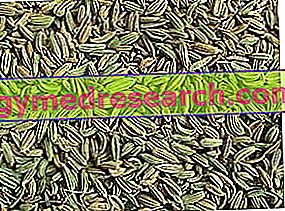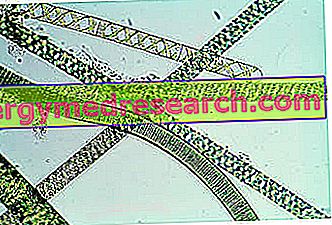This article aims to help the reader in the rapid identification of natural remedies useful in the treatment of various symptoms, disorders and pathologies. For some of the listed remedies, this utility may not have been confirmed by sufficient experimental tests conducted with a scientific method. Furthermore, any natural remedy presents potential risks and contraindications
Category herbalist's shop
What is the Fake Saffron The autumn colchicum is a herbaceous plant belonging to the Colchicaceae Family, Genus Colchicum , an autumnal species. Also known as the false saffron , the autumn colchico is a small tuberous vegetable that blooms in the autumn, resulting rather similar to saffron (Crocoideae family, genus Crocus )
What is it? The term Kombucha identifies a whole category of functional beverages based on fermented teas (green or black quality), slightly effervescent and sweetened, typically oriental. The kombucha are derived from the fermentation of tea by means of a "symbiotic colony of bacteria and yeasts" ( symbiotic colony of bacteria and yeast - SCOBY)
What are Fennel seeds - which actually make up the fruit of the Foeniclum vulgare Mill plant - are widely used in phytotherapy and cooking since the fourteenth century. There are two varieties of fennel: wild and cultivated; the wild fennel is a spontaneous plant, perennial and with branched stem, which reaches 2m in height
What is that Aconitum napellus - also known as aconite napello, or more simply, aconite - is a perennial herbaceous plant belonging to the Ranuncolaceae family. In detail, the aconite is very common in the mountain areas of Europe, North America and Asia, where for a long time it has found use in various popular medicines and in religious and shamanic rites
Rose water: definition For rose water is meant an aqueous solution obtained by steam distillation of rose petals, during the essence extraction process. In general, the petals of Rosa gallica are used , sometimes replaced by those of Rosa canina or Rosa damascena . In cosmetics, rose water is widely used as a refreshing, invigorating, soothing and astringent
Summary on Rose Water Scroll down the page to read the summary table on rose water Rose water Aqueous solution obtained by steam distillation of rose petals, during the essence extraction process Matrices Rosa gallica Rosehip Damask rose Rose water: properties Refreshing Toning soothing Astringent Rose water: extraction process Mining methodology: steam current distillation Matrix rich in thermolabile principles: rose petals Rose water and natural peeling Mixing sugar, honey and rose water in equal parts gives a natural product that is particularly suitable for facial peeling Rose water as a sk
Brown algae: definition The epithet vulgarly attributed to Phaeophyceae, brown algae , is due to the brownish-black color conferred by the pigments that compose them: these colored substances - known as fucoxanthin and feocroma - perfectly camouflage the green color of chlorophyll, which tends to blacken
Definition of Blue Algae Among the unicellular prokaryotic and autotrophic bacteria the blue algae stand out, more commonly known as cyanobacteria and scientifically as Cyanobacteria, Cianofita, Mixoficee, Schizoficee or, again, Cianoficee. [from A. Bruni's Dictionary of herbal medicine and phytotherapy ] Considering that, in botany, an ale is called a eukaryotic organism - unicellular or multicellular - belonging to the kingdom of protists , the name "blue algae" referring to the Cianoficee does not seem entirely correct: so much so that currently they are included in the order (
Green algae: introduction Scientifically known as Chlorophyceae or Chlorophyta , green algae represent a heterogeneous group of unicellular and multicellular organisms, with more or less extensive dimensions. Chlorophyceae are green to the eye, thanks to the presence of chloroplasts: the chlorophyll pigments contained therein transform light energy into chemical energy (photosynthetic organisms)
Red algae: definition Known in botany as Rodoficee or Rhodophyta , red algae are eukaryotic organisms devoid of flagella: most of the red algae has marine origin and prefers warm seas, although some freshwater species have been identified. The term Rhodophyta comes from the Greek: the root rhódon (ῥόδον) means "pink", while the ending phytón (phytón) "plant". These a











